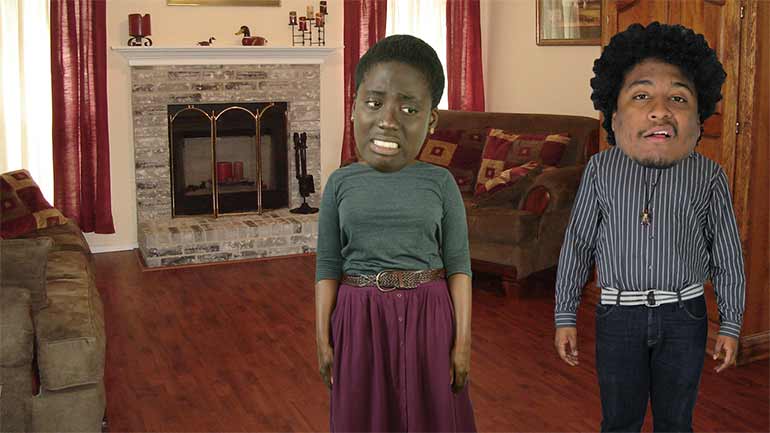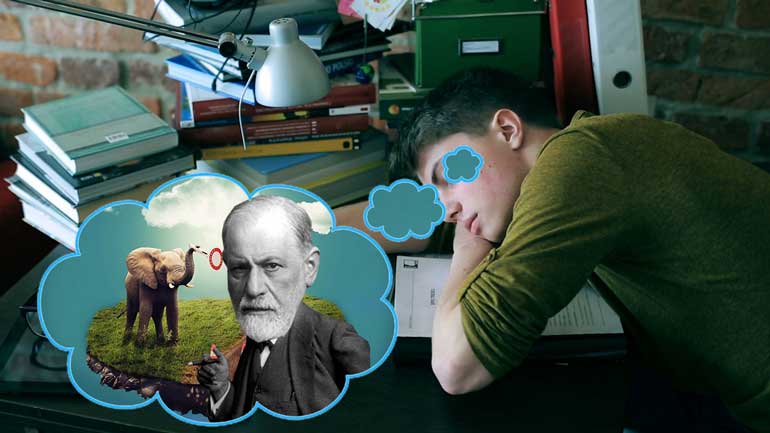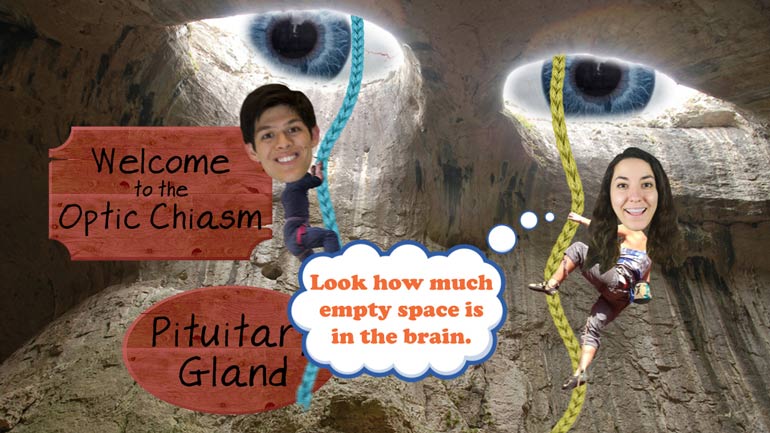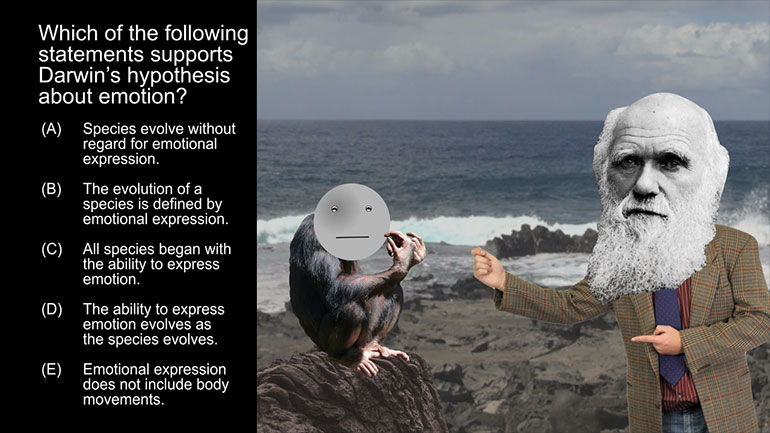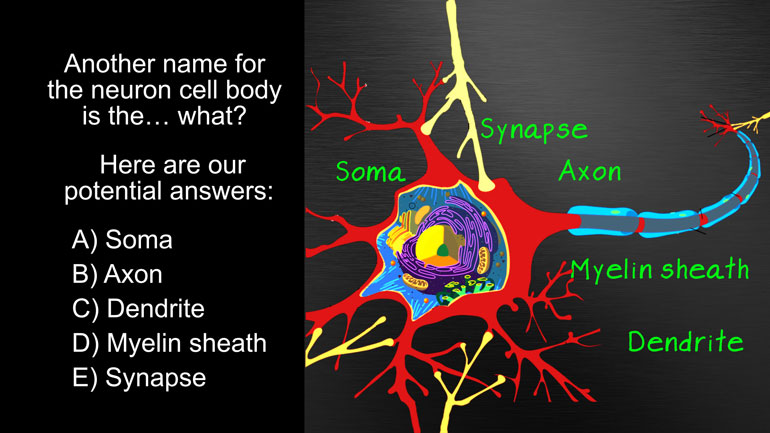ShmoopTube
Where Monty Python meets your 10th grade teacher.
Search Thousands of Shmoop Videos
AP Psychology Videos 162 videos
AP Psychology 1.1 Social Psychology. Which of the following best describes social psychology?
AP Psychology 1.1 States of Consciousness. Who conducted research on REM sleep deprivations?
AP Psychology 1.2 Cognition. Which of the following strategies would work best for generating new ideas?
AP Psychology 3.4 Personality 5 Views
Share It!
Description:
AP Psychology 3.4 Personality: Cattell supported how many personality traits?
Transcript
- 00:04
Here's your shmoop du jour brought to you by Raymond Cattell
- 00:07
this guy right here but if you change the pronunciation of his last name just
- 00:12
a little bit then he looks like this oops here's our question Cattell [Raymond trampled by lots of cows]
- 00:16
supported how many personality traits and here are potential answers numbers
- 00:23
let's run through the numbers and see which one checks out so how about A)
Full Transcript
- 00:26
three. yeah, not quite but it does fit one of the most popular personality models
- 00:31
the Eysenck personality questionnaire developed by husband-and-wife [An eye and a sink together]
- 00:35
psychologists duo Hans and Sybil Eysenck the theory is based primarily on
- 00:39
genetics and asserts that personality can be broken down into three dimensions [Hans and Sybil hugging]
- 00:43
of temperament extraversion introversion neuroticism stability and psychoticism
- 00:50
socialization and that's what you get when a couple makes a personality model [A man walks into a room with a woman and woman falls over]
- 00:54
together three sets of opposites. Which personality model has five traits well
- 00:59
cuddles doesn't but the big five personality trait model developed by
- 01:02
McRae and Costa sure does this one includes extraversion, agreeableness, [McRae and Costa sat on a opera balcony]
- 01:07
conscientiousness, neuroticism and openness but this isn't the answer
- 01:13
either as it was developed as a response to what they perceived as the over
- 01:16
simplification of the Eysenck model and over complexity of the model made by a [McRae and Costa sat below an eye and a sink]
- 01:21
man by the name of Raymond Cattell and that model was his famous sixteen
- 01:27
personality factor model, Cattell's model used his sixteen personality factor
- 01:33
questionnaire which was a self-reporting personality test used to assess mental [Girl at a psychatric help stand and boy approaches]
- 01:37
health and help diagnose psychiatric disorders as well as it being commonly
- 01:41
used by employers to select potential candidates for jobs right and his [Man interviewing for a job with employer]
- 01:46
sixteen personality factors are warm, reasoning, emotional stability, dominance,
- 01:52
liveliness, rural conscious, social boldness, sensitivity, vigilance
- 01:56
abstracted-ness privateness apprehension openness to change self-reliance
- 02:00
perfectionism and tension.. jeez Cattell over [Cattell stood by his 16 factor questionnaire]
- 02:04
compensating much? so no need to look any further D is our answer yeah so we
- 02:09
didn't tackle all of the answers we figured we'd leave the over compensating [Football player tackling the letters A, D and B]
- 02:12
to our buddy Cattell but maybe somebody should help him out that looks
- 02:16
pretty uncomfortable [Cattell underneath lots of cows]
Related Videos
AP Psychology 2.2 Social Psychology. Which of the following was an independent variable manipulated in Asch's research?
AP Psychology 1.1 Personality. According to Freud, these three parts of personality are constantly in conflict.
AP Psychology 1.1 Sensation and Perception. The process by which the brain can turn sensory stimuli from the outside world into electrical signals...
AP Psychology 1.1 Social Psychology. Which of the following best describes social psychology?
AP Psychology 1.1 States of Consciousness. Who conducted research on REM sleep deprivations?
